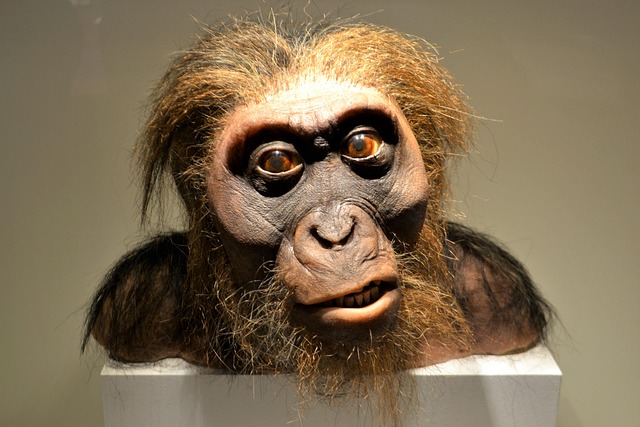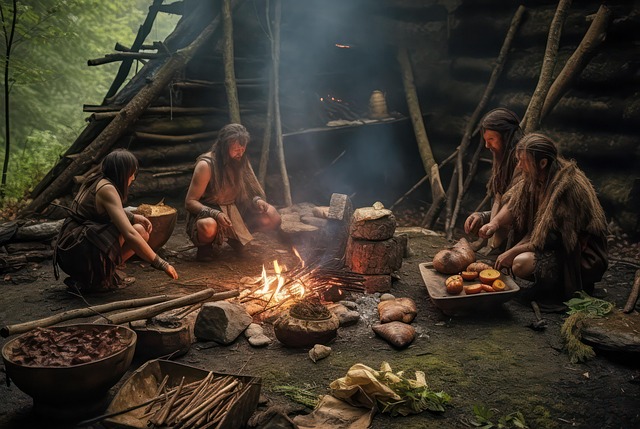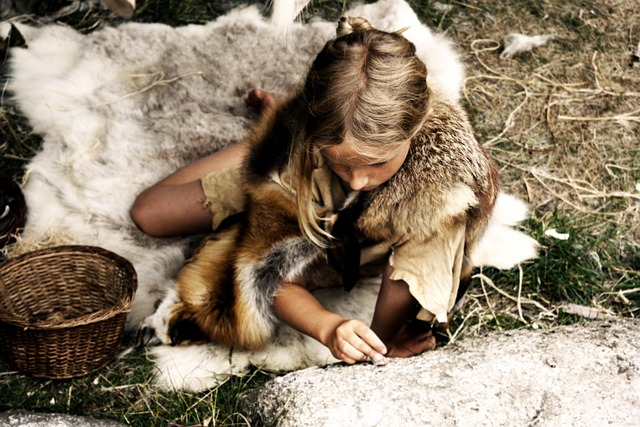For years, scientists believed Neanderthals were enthusiastic meat-eaters, comparable to apex predators like lions or hyenas. This assumption stemmed from chemical analysis of Neanderthal bones, which revealed high levels of nitrogen-15 – an indicator of a diet rich in animal protein. However, such a diet seems biologically implausible for hominins, who, unlike true carnivores, cannot process extreme amounts of protein without risking protein poisoning, a condition known historically as “rabbit starvation.” So how could Neanderthals show chemical signatures akin to hypercarnivores?
++ UK Introduces major online safety reforms to protect children
Recent research suggests the answer may lie in an overlooked dietary component: maggots. Anthropologists analysing nitrogen isotope ratios in Neanderthal bones propose that these high δ¹⁵N values could be due to the consumption of fly larvae found in decomposing meat. Maggots, rich in fat and nutrients, are known to accumulate nitrogen-15 at levels significantly higher than other food sources. These larvae would have been readily available in the meat Neanderthals hunted, stored, and allowed to decompose over time, potentially providing both nourishment and a nitrogen signature consistent with heavy meat consumption.
Ethnographic parallels support this theory. In traditional Arctic forager societies, rotting and maggot-infested meat was not only consumed but often considered a delicacy. Despite the offensive smell, these foods were intentionally fermented or left to decompose, enriching them with fats and beneficial microorganisms. This cultural acceptance of decayed meat, including its larvae, likely mirrors Neanderthal practices. Coupled with cooking and storage techniques, such behaviour could explain the nitrogen levels recorded in their remains without requiring a diet consisting almost solely of fresh meat.
++ High court confirms HP suffered nearly £700m loss in autonomy acquisition
Still, several questions remain unanswered. Researchers continue to investigate how much maggot consumption would be needed to significantly alter nitrogen values in bone, and how these values change based on food preparation and storage. Experimental archaeology and further isotope analysis may offer deeper insight into the surprisingly varied and resourceful diet of our ancient relatives. While maggots might not sound appetising to modern tastes, they could hold the key to resolving one of the Neanderthal diet’s biggest mysteries.





